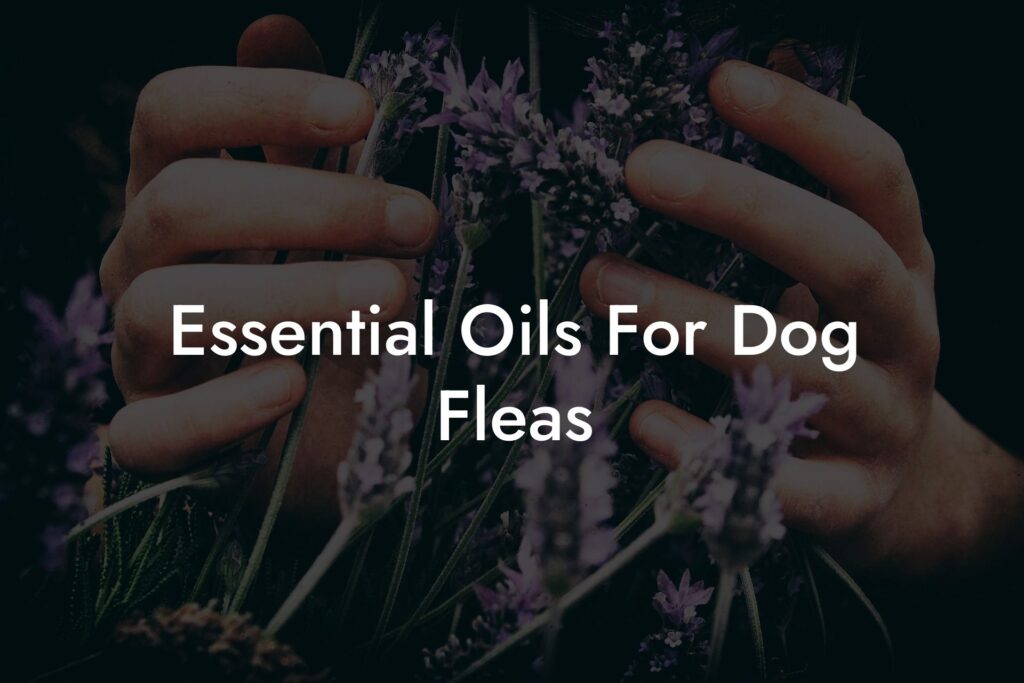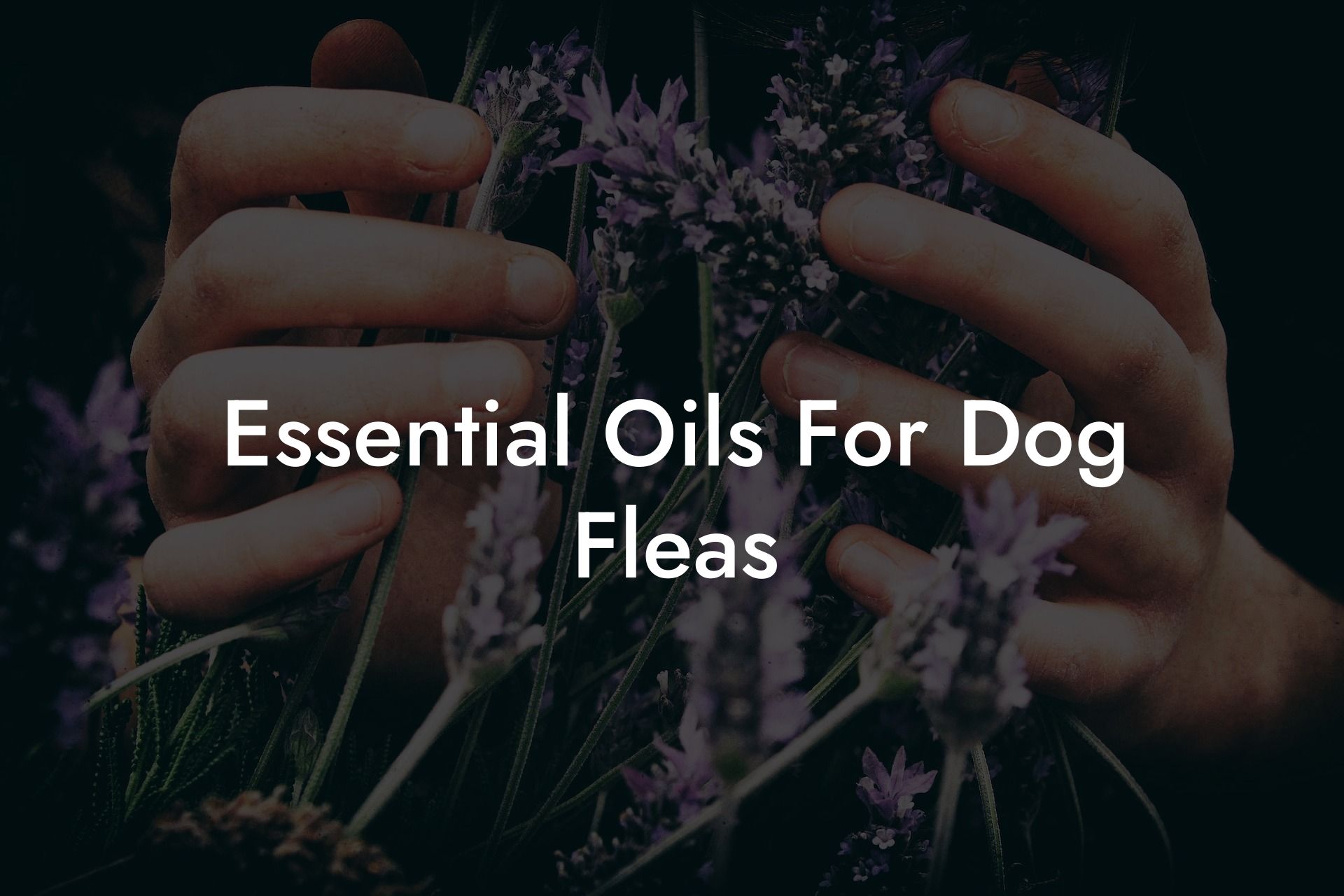
Baby Oil for Fleas on Dogs: A Safe and Effective Remedy?
Discovering fleas on your beloved dog can be distressing. As a pet owner, you’re likely searching for a quick, safe, and effective solution to eliminate these pesky parasites. The internet is filled with both home remedies and commercial products, leaving many wondering about unconventional approaches. One such remedy that frequently surfaces in online discussions is the use of baby oil. This article provides a comprehensive exploration of using baby oil on dogs to combat fleas, examining its potential benefits, risks, and the best ways to ensure your furry friend remains comfortable and flea-free. We’ll delve into expert opinions, practical application advice, and alternative treatments to help you make an informed decision.
Understanding Fleas and Their Impact on Dogs
Fleas are tiny, wingless insects that survive by feeding on the blood of animals, including dogs. A flea infestation can cause intense itching, leading to excessive scratching and biting. This can result in skin irritation, hair loss, and secondary bacterial infections. Fleas can also transmit diseases and parasites, such as tapeworms, posing a significant health risk to your pet.
The flea life cycle consists of four stages: egg, larva, pupa, and adult. Adult fleas live on the host animal, while eggs fall off into the environment. Larvae hatch from these eggs and feed on organic debris before pupating. The pupae can remain dormant for months, waiting for the right conditions to emerge as adult fleas. Understanding this life cycle is crucial for effective flea control.
Baby Oil: Properties and Potential Benefits
Baby oil is a mineral oil-based product commonly used to moisturize and soften a baby’s skin. It is generally considered safe for external use on humans. Some people propose that baby oil can suffocate fleas, effectively killing them. The logic is that the oil coats the fleas, preventing them from breathing. Others claim it helps to loosen the fleas grip on the dog’s fur, making them easier to comb out.
While baby oil might offer some temporary relief from fleas, it’s essential to understand its limitations. It doesn’t address the flea eggs, larvae, or pupae in the environment, meaning that the infestation will likely persist even after applying the oil.
Is Baby Oil Safe for Dogs? Potential Risks and Considerations
While baby oil is generally considered safe for topical use on humans, there are several factors to consider before using it on your dog. First and foremost, never administer baby oil internally to your dog. Ingestion can lead to serious health complications, including aspiration pneumonia.
Here are some potential risks associated with using baby oil on dogs:
- Skin Irritation: Some dogs may be sensitive to baby oil, leading to skin irritation, redness, or itching. Always test a small area first before applying it to the entire body.
- Slippery Coat: Baby oil can make your dog’s coat extremely slippery, which can be uncomfortable for them and make it difficult for them to groom themselves.
- Difficulty Breathing: Applying too much baby oil can potentially clog pores or interfere with the dog’s natural ability to regulate its body temperature.
- Allergic Reactions: Although rare, some dogs may have allergic reactions to ingredients in baby oil. Monitor your dog closely for any signs of an allergic reaction, such as swelling, hives, or difficulty breathing.
- Environmental Contamination: Baby oil can transfer onto furniture, bedding, and other surfaces, creating a greasy residue.
Based on expert consensus, while baby oil might provide temporary relief, it is not a long-term or comprehensive solution for flea infestations and must be applied with caution.
How to Apply Baby Oil Safely (If You Choose To)
If you decide to use baby oil on your dog for fleas, it is vital to proceed with caution. Here’s a step-by-step guide:
- Perform a Patch Test: Apply a small amount of baby oil to a small area of your dog’s skin and monitor for 24 hours to check for any adverse reactions.
- Dilute the Baby Oil: Mix the baby oil with water (a 1:1 ratio) to reduce its concentration and slipperiness.
- Apply Sparingly: Use a spray bottle or your hands to apply a thin layer of the diluted baby oil to your dog’s coat, avoiding the eyes, nose, and mouth.
- Comb Through the Coat: Use a flea comb to gently comb through your dog’s coat, removing any fleas that have been loosened by the oil.
- Bathe Your Dog: After combing, bathe your dog with a mild dog shampoo to remove excess oil.
- Monitor for Reactions: Observe your dog closely for any signs of skin irritation or discomfort.
Expert-Recommended Flea Treatment Alternatives
Given the potential risks and limitations of using baby oil on dogs for fleas, it’s advisable to explore more effective and safer alternatives. Consulting with your veterinarian is always the best first step, but here are some options that veterinary professionals often recommend:
- Topical Flea Treatments: These treatments are applied directly to the dog’s skin and contain insecticides that kill adult fleas. Examples include fipronil, imidacloprid, and selamectin.
- Oral Flea Medications: These medications are administered orally and work by killing fleas that bite the dog. Examples include nitenpyram and spinosad.
- Flea Shampoos: These shampoos contain insecticides that kill fleas on contact. They provide immediate relief but don’t offer long-term protection.
- Flea Collars: These collars release insecticides that kill fleas and prevent new infestations. They can provide several months of protection.
- Environmental Control: Treating your home and yard for fleas is essential to eliminate all stages of the flea life cycle. Vacuum frequently, wash bedding in hot water, and use insecticides specifically designed for flea control.
Natural Flea Remedies: A Complementary Approach
In addition to conventional flea treatments, some natural remedies can help to control flea infestations. However, it’s important to note that these remedies may not be as effective as conventional treatments and should be used as part of a comprehensive flea control strategy.
- Diatomaceous Earth (DE): Food-grade DE is a natural powder made from fossilized algae. It can be sprinkled on carpets and pet bedding to kill fleas by dehydrating them.
- Essential Oils: Some essential oils, such as lavender, cedarwood, and peppermint, are known to repel fleas. However, use caution when using essential oils on dogs, as some can be toxic. Always dilute essential oils before applying them to your dog’s coat and avoid using them on puppies, pregnant dogs, or dogs with sensitive skin.
- Apple Cider Vinegar (ACV): Adding apple cider vinegar to your dog’s water or spraying a diluted ACV solution on their coat may help to repel fleas.
- Lemon Spray: Boil sliced lemons in water, let it steep overnight, and spray the solution on your dog’s coat as a natural flea repellent.
Maintaining a Flea-Free Environment
Preventing flea infestations is often easier than treating them. Here are some tips for maintaining a flea-free environment:
- Regularly Vacuum: Vacuum your carpets, rugs, and upholstery frequently to remove flea eggs, larvae, and pupae.
- Wash Pet Bedding: Wash your pet’s bedding in hot water at least once a week to kill fleas and their eggs.
- Maintain Your Yard: Keep your lawn mowed and remove any debris that could provide shelter for fleas.
- Treat Your Yard: If you have a severe flea problem, consider treating your yard with an insecticide specifically designed for flea control.
- Regularly Groom Your Dog: Groom your dog regularly to check for fleas and remove any that may be present.
Baby Oil vs. Other Home Remedies: A Comparative Look
Many home remedies are suggested for flea control, but their effectiveness varies. Here’s a brief comparison of baby oil with some other common home remedies:
- Baby Oil vs. Dish Soap: Dish soap can kill fleas, but it can also strip your dog’s coat of its natural oils, leading to dry skin. Baby oil is less likely to cause dryness but may not be as effective at killing fleas.
- Baby Oil vs. Baking Soda: Baking soda can be used to dehydrate fleas, similar to diatomaceous earth. However, it can also be irritating to some dogs’ skin. Baby oil is generally less irritating but may not be as effective at killing fleas.
- Baby Oil vs. Salt: Salt can also be used to dehydrate fleas, but it can be messy and may not be as effective as other remedies. Baby oil is less messy but may not be as effective at killing fleas.
Hearing from the Community: Real Experiences with Flea Control
Online forums and pet owner communities are filled with anecdotes about different flea control methods. Some owners report success with baby oil, particularly in loosening fleas for removal. However, many more emphasize the importance of veterinary-approved treatments and environmental control. These discussions highlight the fact that what works for one dog may not work for another, and that a multifaceted approach is often necessary.
Seeking Expert Advice: When to Consult Your Veterinarian
If you’re struggling to control a flea infestation on your dog, or if your dog is experiencing severe symptoms such as skin irritation, hair loss, or lethargy, it’s essential to consult with your veterinarian. Your veterinarian can diagnose any underlying health problems and recommend the most appropriate flea control treatment for your dog’s individual needs. They can also advise you on how to prevent future infestations.
Choosing the Right Path for Your Pet’s Well-Being
While baby oil might offer temporary relief from fleas, it’s crucial to weigh the potential risks and limitations against the benefits. Prioritizing your dog’s safety and well-being is paramount. Exploring expert-recommended flea treatments and maintaining a flea-free environment are essential steps in ensuring your furry friend remains healthy and comfortable. Consult with your veterinarian to develop a comprehensive flea control strategy tailored to your dog’s specific needs. Consider sharing your experiences with different flea control methods with fellow pet owners to contribute to the collective knowledge and help others make informed decisions.

